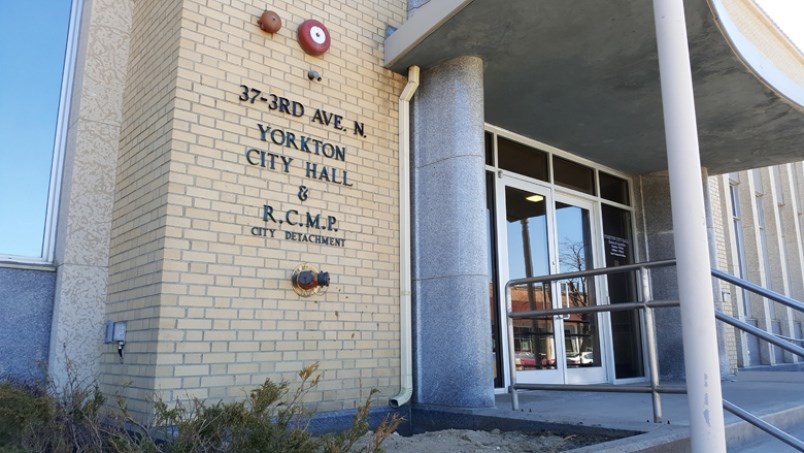YORKTON - Yorkton Council approved the city’s 2022 mill rate factors for various classes and sub-classes of land and improvements at its regular meeting April 11.
“One thing Council asked Administration to focus on was the split between residential and non-residential taxes. It has been commented on before that commercial properties are unhappy with the burden of tax placed on them by the City,” detailed a report presented to Council by Ashley Stradeski – Director of Finance, with the City. “To address this, we looked at several things, the most important of which was the split of taxes compared to the split of assessment between residential and non-residential. The results are slightly different than expected, and have changed significantly over the last several years.”
The tax split between residential and non-residential has been approximately 55 per cent / 45 per cent for some time, said Stradeski. That is, residential properties have been paying 55 per cent of the tax in the City, with the remainder on non-residential.
The last assessment has changed things a little.
“The taxable residential portion of the City’s assessment used to account for approximately 76 per cent of the value of properties in the City. This dates back quite some time, and in that time there has been significant growth in Yorkton with numerous new commercial and industrial developments coming online in the 2000’s and early 2010’s. This added a significant amount of value to the non-residential properties. Even more recently, residential values have dropped on average, with commercial and industrial values holding or increasing,” detailed Stradeski’s report.
“This contrast has resulted in residential values now holding a significantly smaller portion of the City’s total assessed value than they had historically. In 2020 and earlier with the previous valuation, the split of assessed value was 70 per cent / 30 per cent for residential to non-residential. After the 2021 revaluation, the split is closer to 66 per cent / 33 per cent.
“This is a significant change, with residential and non-residential properties having a much closer alignment to the tax split than they had in the past, based on assessed value. This is a positive outcome, as the tax paid ratio is closer aligned to the assessed value split than it ever has been. It is important to note that the City did not cause this shift, but rather it was the result of assessment changes, and the shifting of the makeup of our City over time.”
There was also a fresh look at the City’s base tax, said Stradeski.
“In 2001, the City implemented a base tax on all residential properties. The idea of the base tax was that it would ensure everyone is paying a fair share of certain costs that should be shared equally among all residents – namely the Police & Fire costs (Protective Services). At the time of implementation, the residential properties accounted for 76 per cent of the assessment of the City, and thus 76 per cent of the Protective Services costs were put onto residential properties in the form of the base tax,” detailed his report.
“This formula has remained in place since that time, with the costs of Protective Services driving the base rate changes over the years. Over the last 20 years, as discussed above, the makeup of the City has changed significantly and the amount of assessment that the residential properties make up has decreased in relation to non-residential. In 2022, residential now makes up 68 per cent of the total assessments in the City while paying a base tax that covers 76 per cent of the Protective Services costs.
“Given this, we had to re-evaluate the purpose of the base tax and what it is accomplishing. With direction from Council, we determined that the goal is to evenly share in the costs of Protective Services. With that it is unfair that one class of properties be burdened with a higher share than others, based on assessed value. Another factor hitting this year is the large increase to our Protective Services costs, which have increased by just over $600,000 due to the new Police contract and retroactive pay for members. If no change is proposed, the base tax on residential properties would have to increase substantially, further compounding the disparity.”
The result is that the base tax will now begin to be phased in on non-residential properties, starting with $250 assessed this year, with an expectation it will go up over a number of years until it matches the residential base tax, said Stradeski.
The City intends to send out tax notices before the end of May 2022, with a payment due date of June 30, 2022 to avoid any penalties.
This is a return to the normal due date for taxes, with the last two years having been a three-month extension as a form of pandemic relief.






